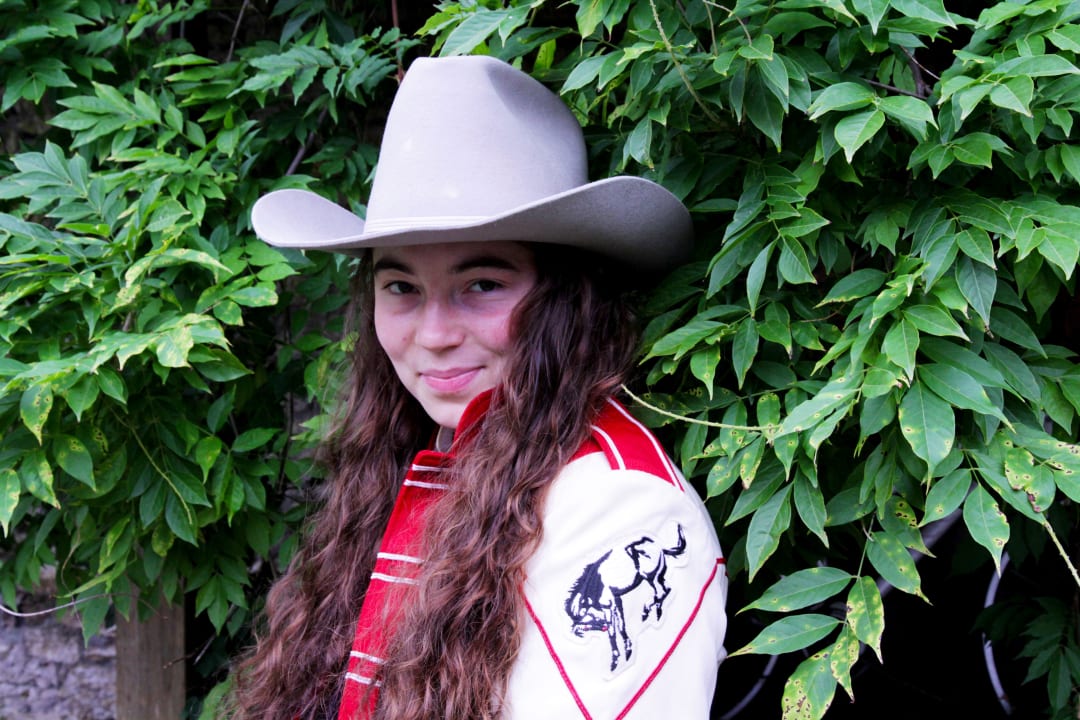"Life imitating art and its reverse are paramount to all my ideas."
How and when did you know you wanted to be an artist?
I loathe complacency; a character trait which ironically has never changed. The arts opened up possibilities and challenges that I never felt like other subjects offered me and hence being an artist was a decision I set upon pretty young.
What was your experience of art school?
Art schools are vastly different. I cannot recommend the Glasgow School of Art enough; the diversity in student backgrounds was a melting pot of culture and knowledge. Equally, the Royal College of Art was extremely informative. I was very fortunate to be in the last 2-year MA course with the opportunity to complete a thesis. Despite grading in art schools criticised, I gained the highest qualifications in every category of the graduating exam.
Can you tell us more about the ideas and inspiration behind your work?
I will always seek to challenge assumptions; space and opportunity to challenge seem somewhat ever-decreasing in a modern society which constantly fuels my practice. Life imitating art and its reverse are paramount to all my ideas.
Are there other artists or movements that have inspired your work?
The list is endless. I take inspiration from all walks of life; from writers and performers such as Ivor Cutler and John Cooper Clarke who merge the familiar and intimate seamlessly to Giovanni Strazza’s The Veiled Virgin which observes the painstakingly beautiful. Fundamentally, I aim for both the visual and the conceptual in all my work.
Can you describe a typical day in the studio? How do you approach your work?
I don’t have a typical day in the studio. The repetition of being sat behind a desk or behind an easel has never appealed to me. I relish both the research process as well as the making. Visiting locations, discussing and absorbing techniques and passed-down information from other makers in different occupations, learning historical origin is as important to my practice as any other aspect. Tests, maquettes, ideas, and scribbles are as likely to take place en route from A to B than the studio itself.
